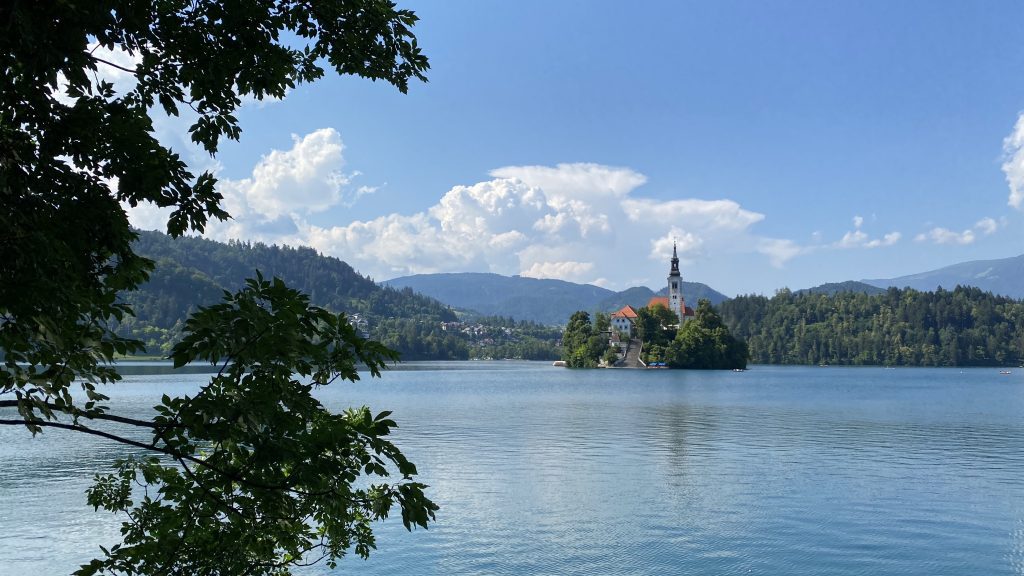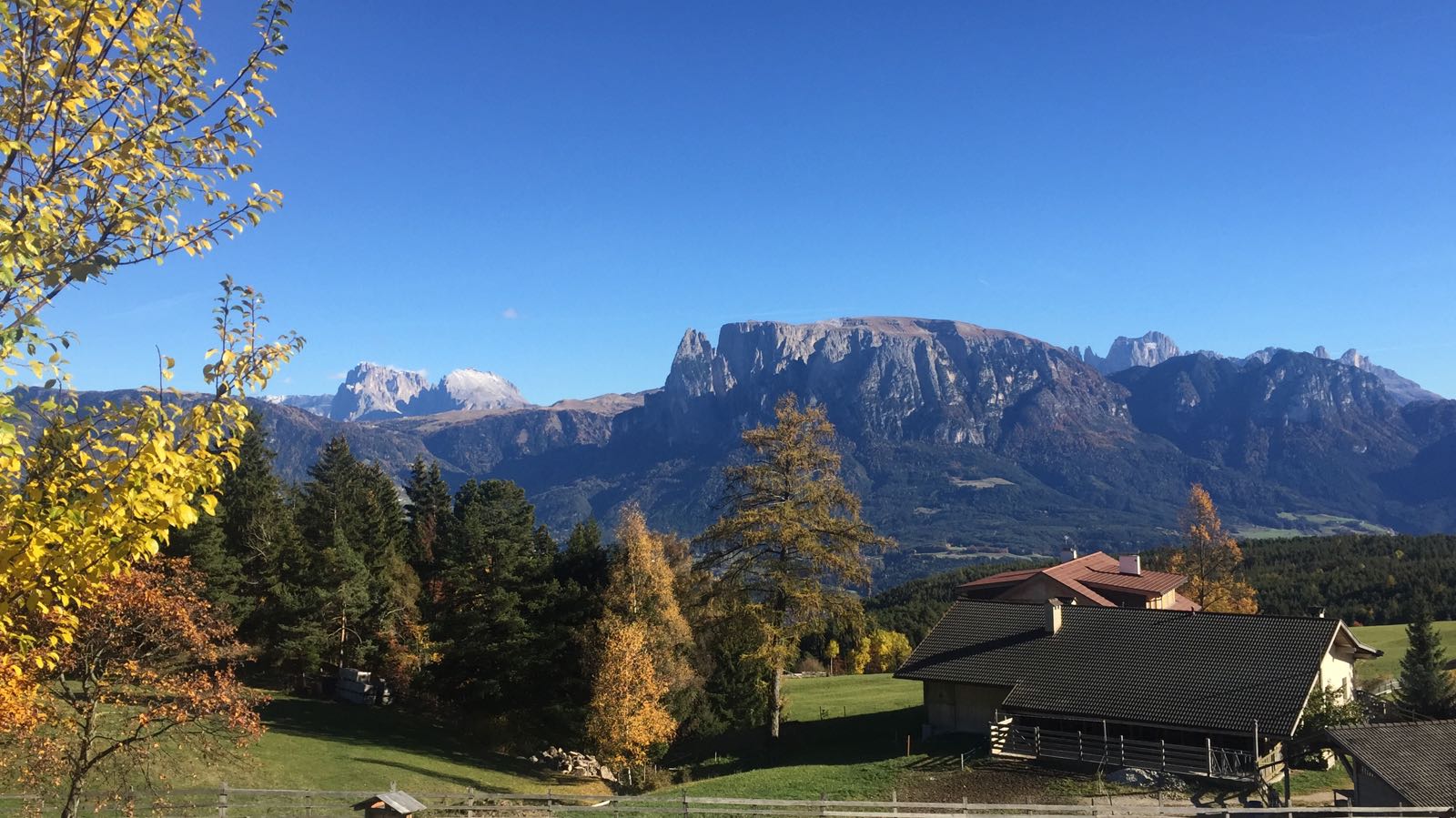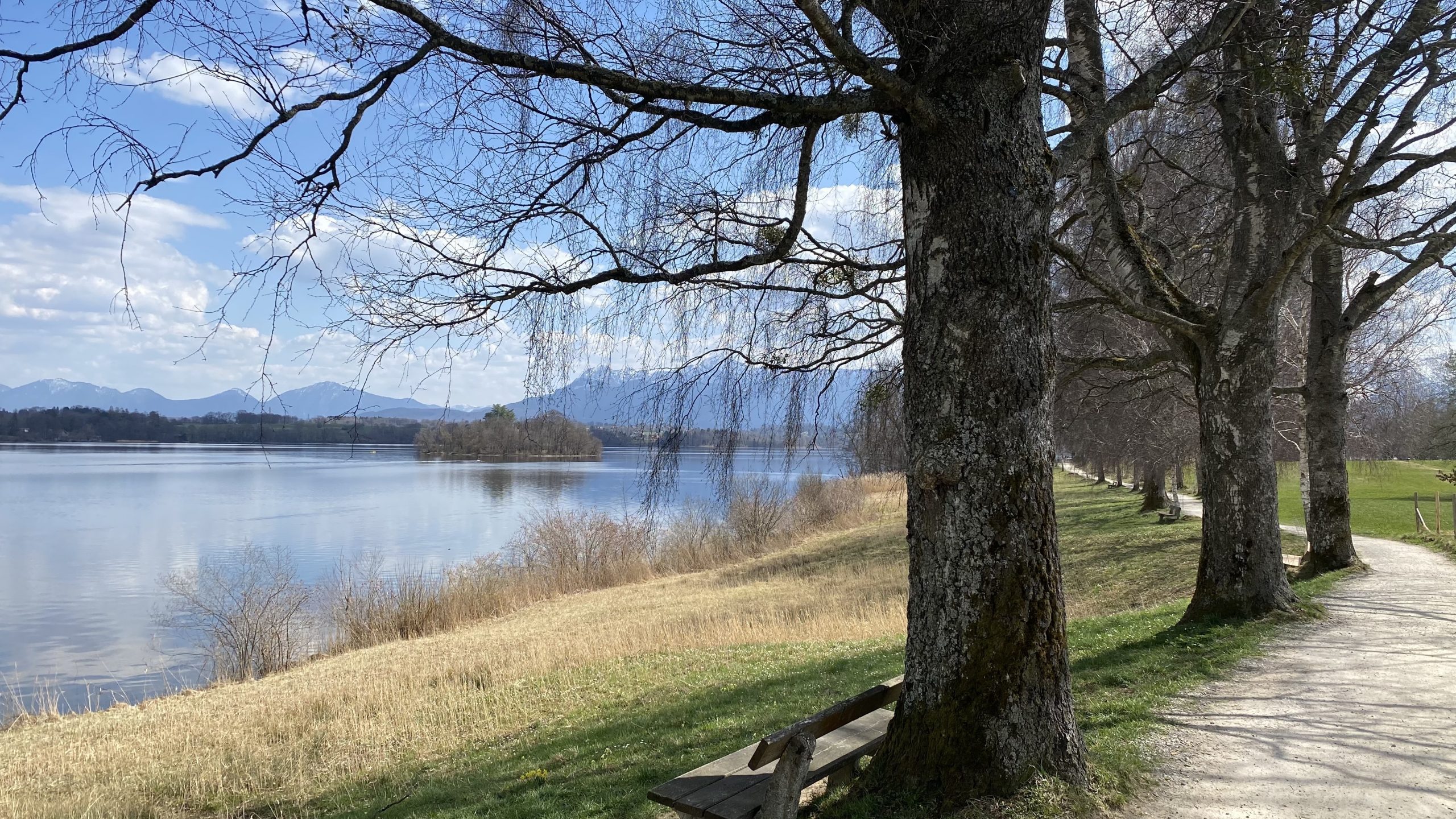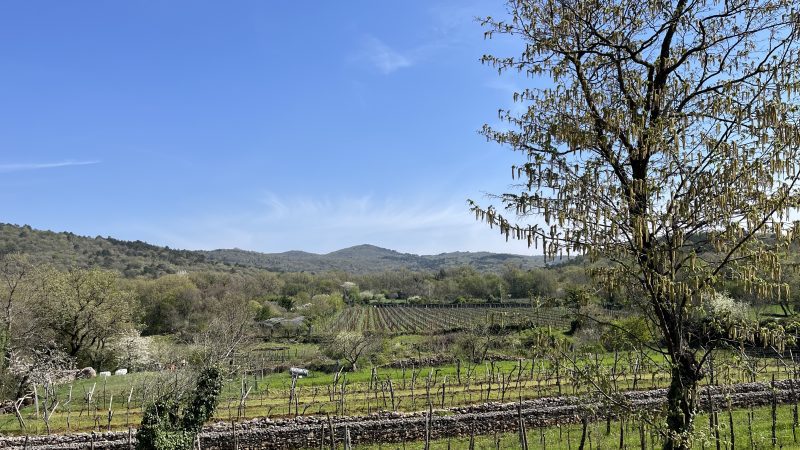For those of us living here in Europe, aside from the many obviously terrible effects of the COVID-19 pandemic, one small “silver lining” has emerged. Popular destinations which previously suffered from extreme overtourism are now refreshingly uncrowded. On the other hand, the local economies in these tourist meccas have also been hard-hit and are very keen to welcome visitors once again. So in general, this is a unique time when we can feel good about traveling to places which were previously overwhelmed by too many tourists.
In late June I was able to experience this firsthand, at Lake Bled in Slovenia. While pre-corona Bled wasn’t quite as overrun as some European destinations, it has experienced explosive growth in tourism and in 2019 welcomed over half a million tourist arrivals – quite a lot for a small village with only 5,200 residents!
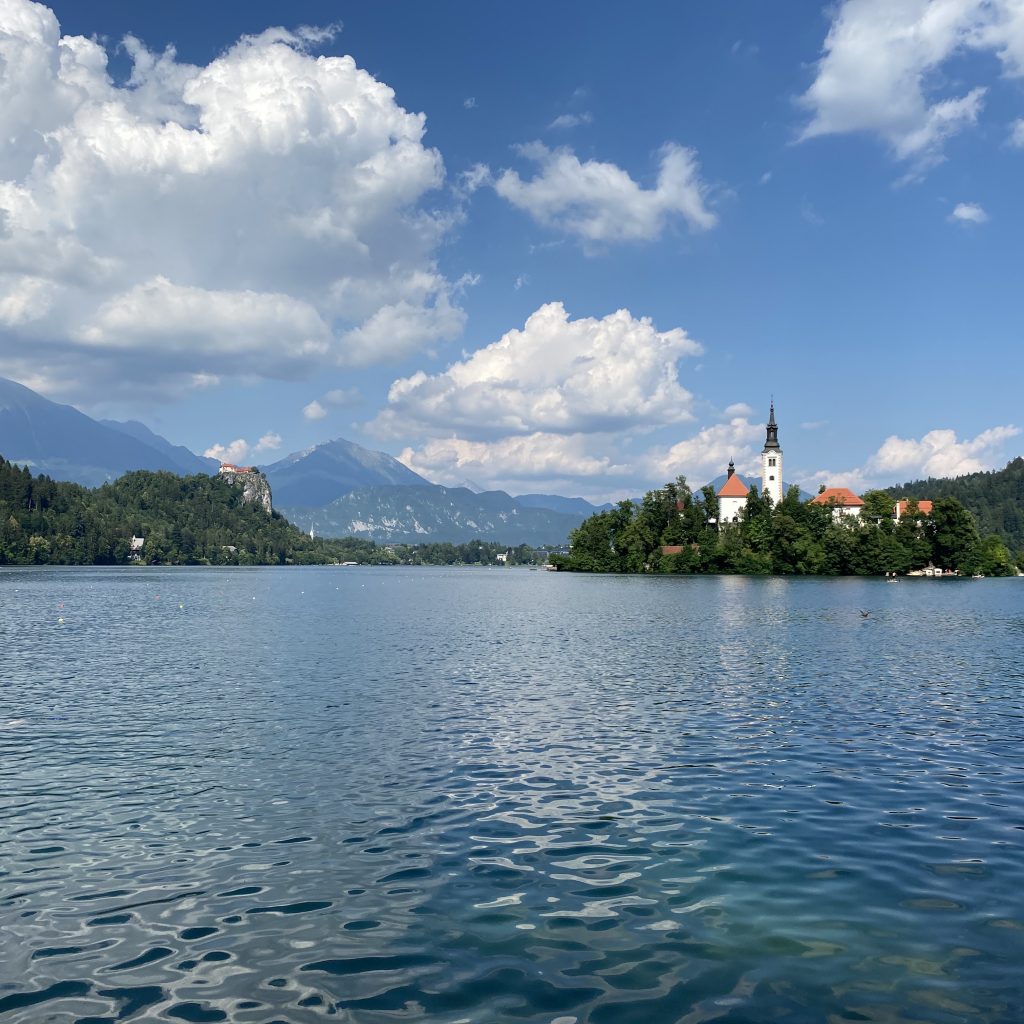
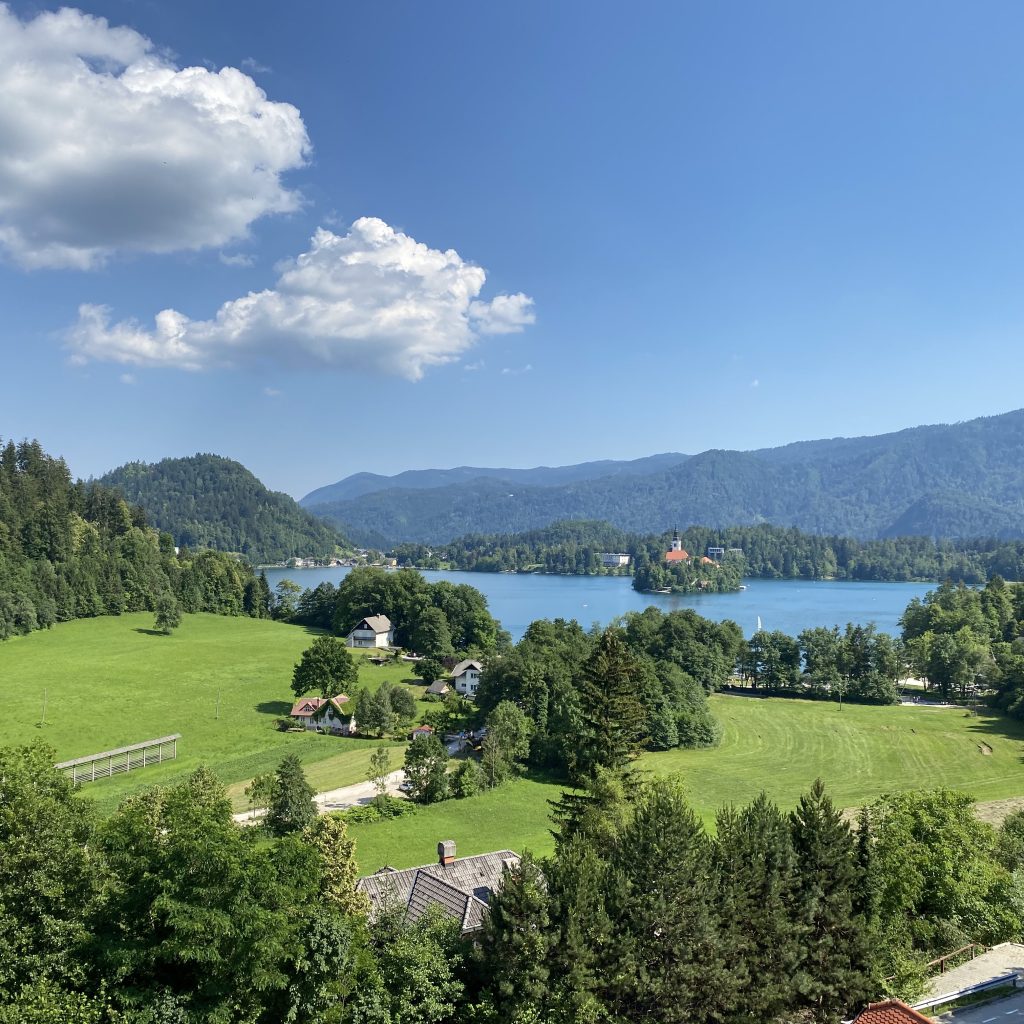
I’d never visited Bled but had heard about the crowds; in fact, its sheer popularity was a big part of why I hadn’t been there, despite passing through the area at least half a dozen times in the last few years. But with the coronavirus lockdown freshly lifted and hotels newly reopened, I had a hunch that if I wanted to see Bled in summertime without the crowds, this was the time to do it. And as you can see from the photos, that hunch was correct!
Bled is obviously appealing because of the gorgeous lake, island monastery and hilltop castle, but the natural beauty of the surrounding area make it a terrific destination for bicycling and hiking. There are also some great restaurants, and if you’re a wine drinker you should definitely try some of the excellent Slovenian wines!
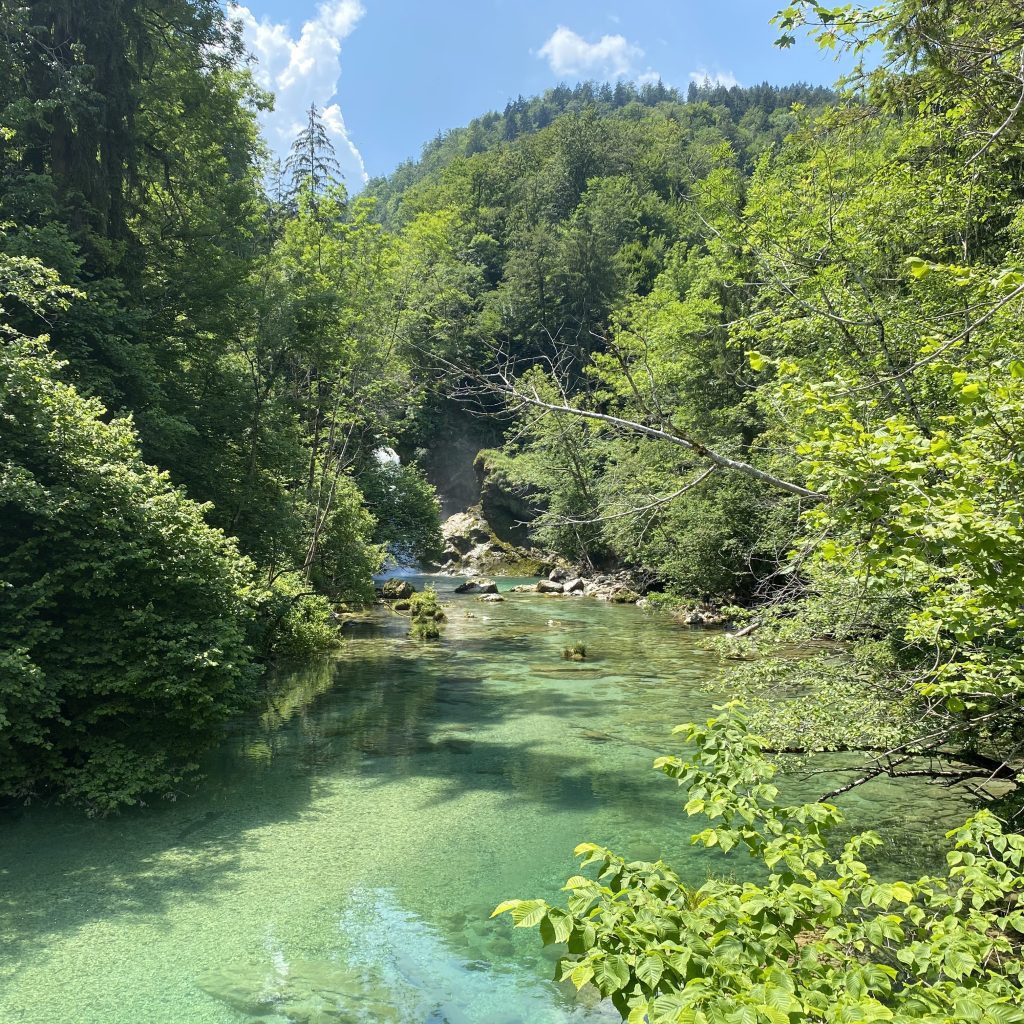
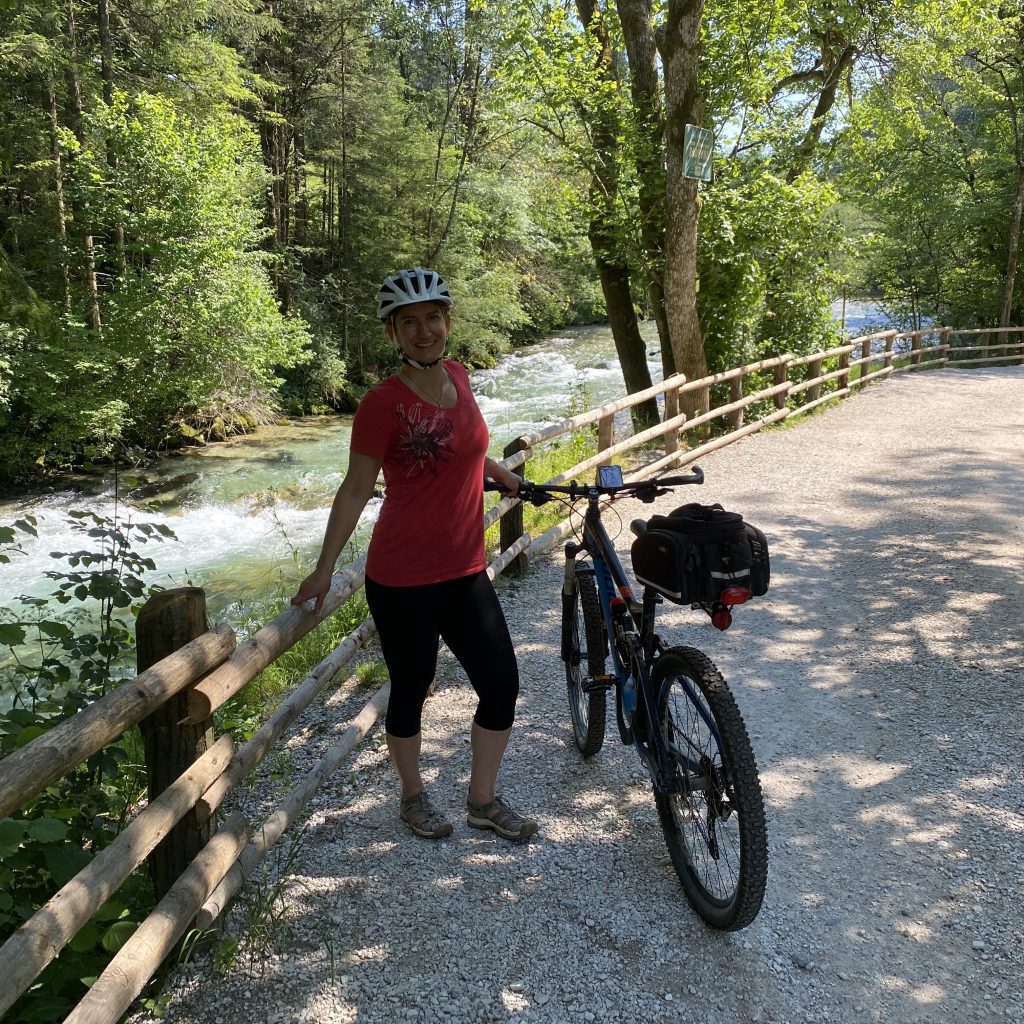
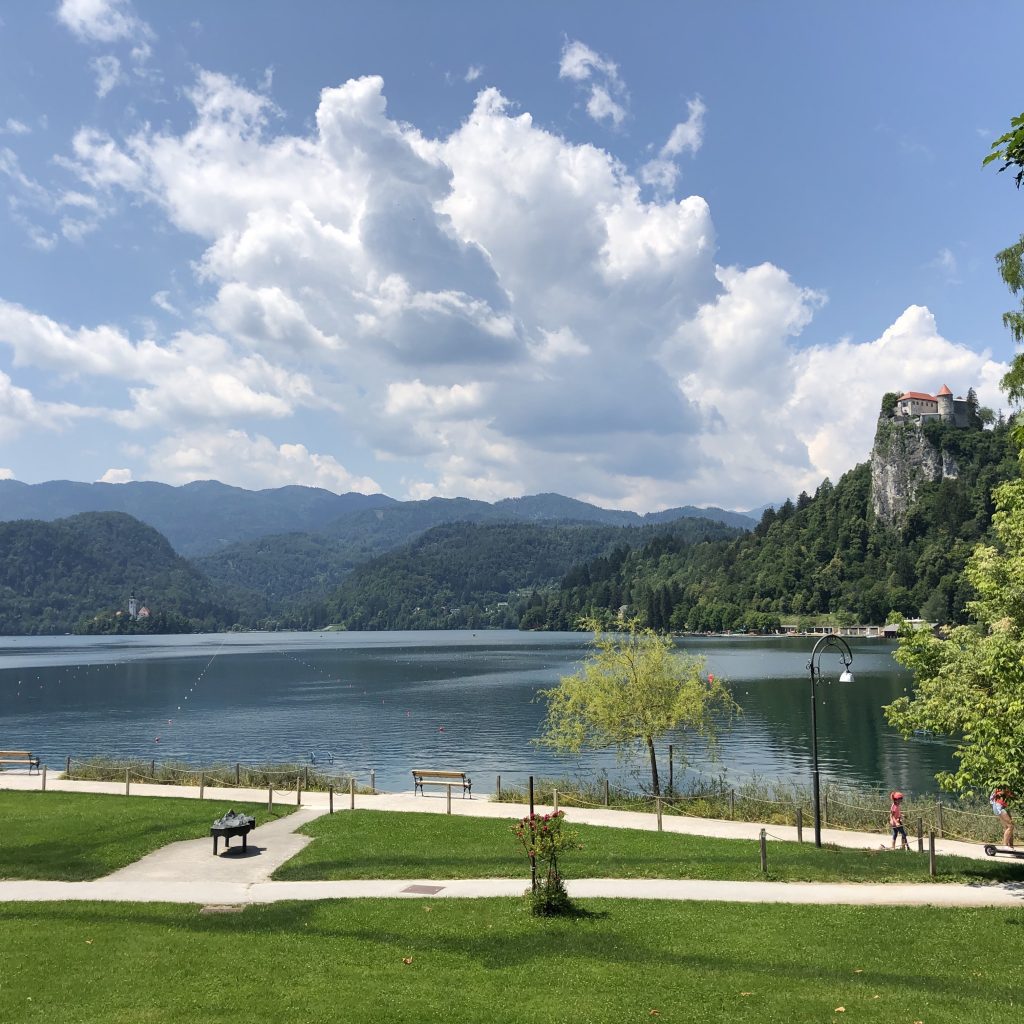
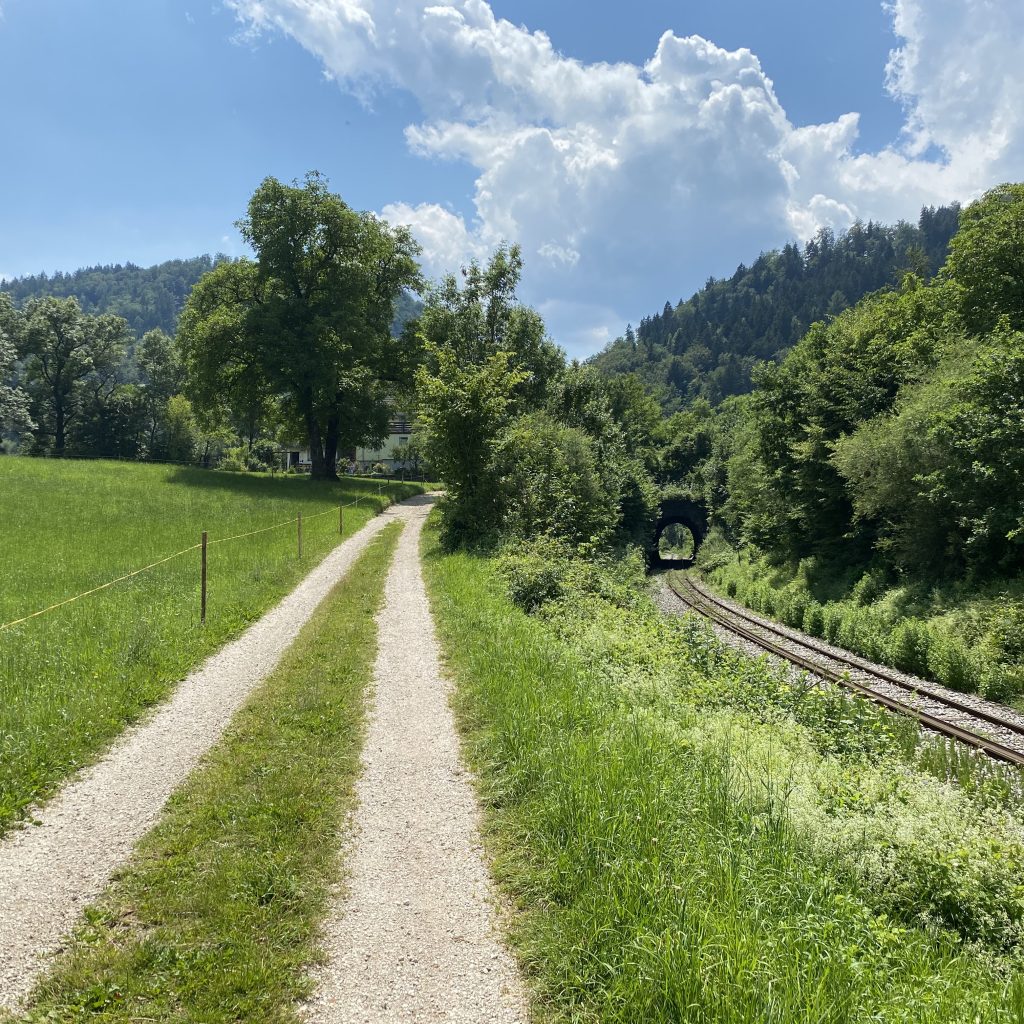
Of course, traveling as safely as possible is on everyone’s mind these days, and in that sense Bled is really an ideal destination. It’s small and has a very pleasant climate, and the main attractions are almost entirely outdoors, which means it’s easy to minimize the riskier indoor close-contact settings.
Also, a little sustainability side note: Bled has been recognized numerous times in recent years for its eco-friendly approach to tourism. Despite the high number of visitors and some issues that still need to be addressed, the local tourism board has been a strong advocate for sustainability and several of the local accommodations are certified green. If you’d like to read more about this, you can do so here.
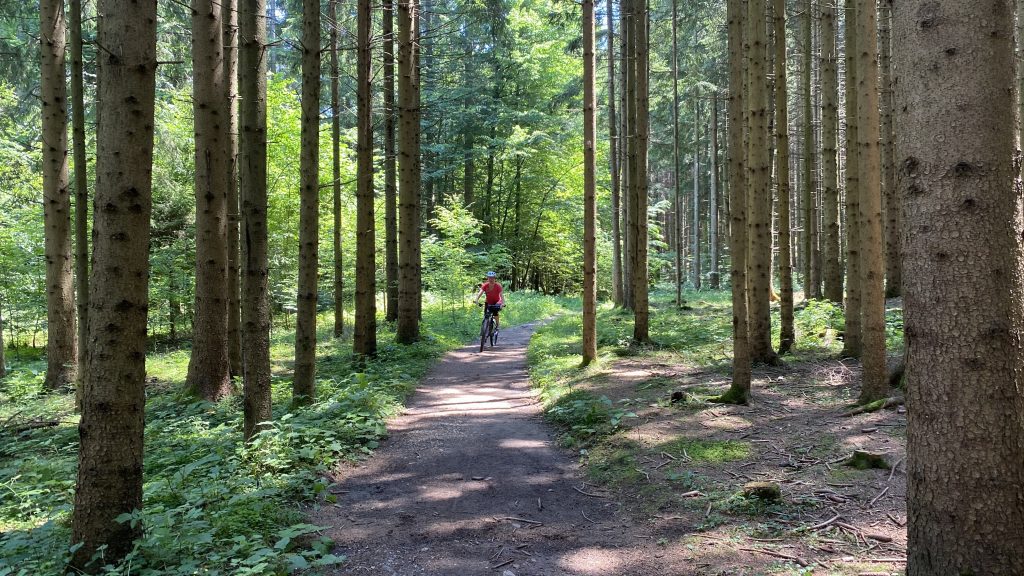
So, if you are living in (or able to visit) Europe, feel comfortable traveling this summer/autumn and would like to enjoy a normally popular destination without the usual crowds, I would definitely suggest doing so!

